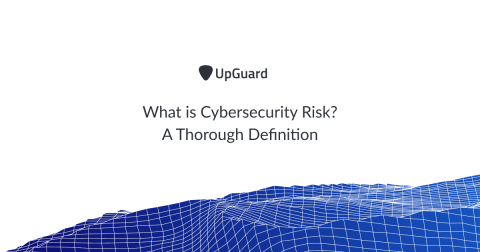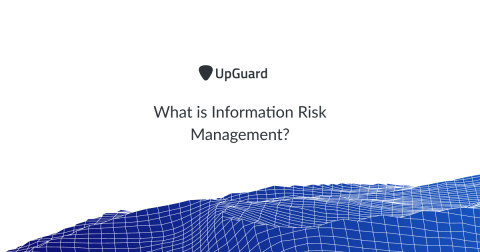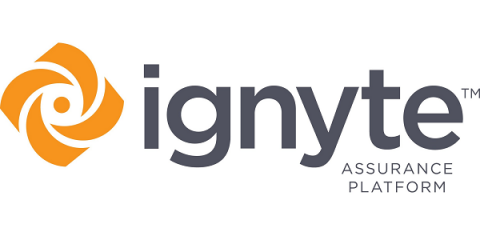Introducing ZenGRC + ZenConnect
At Reciprocity, our mission has always been to simplify the way your organization manages risk and compliance, and to encourage transparency and trusted relationships with your key stakeholders. With ZenGRC, we delivered the industry’s best GRC solution and simplified a traditionally complicated tool to make it easy for CISOs, CROs and CCOs to manage their organization’s information security. Today, we are excited to announce our next massive milestone: ZenConnect.







